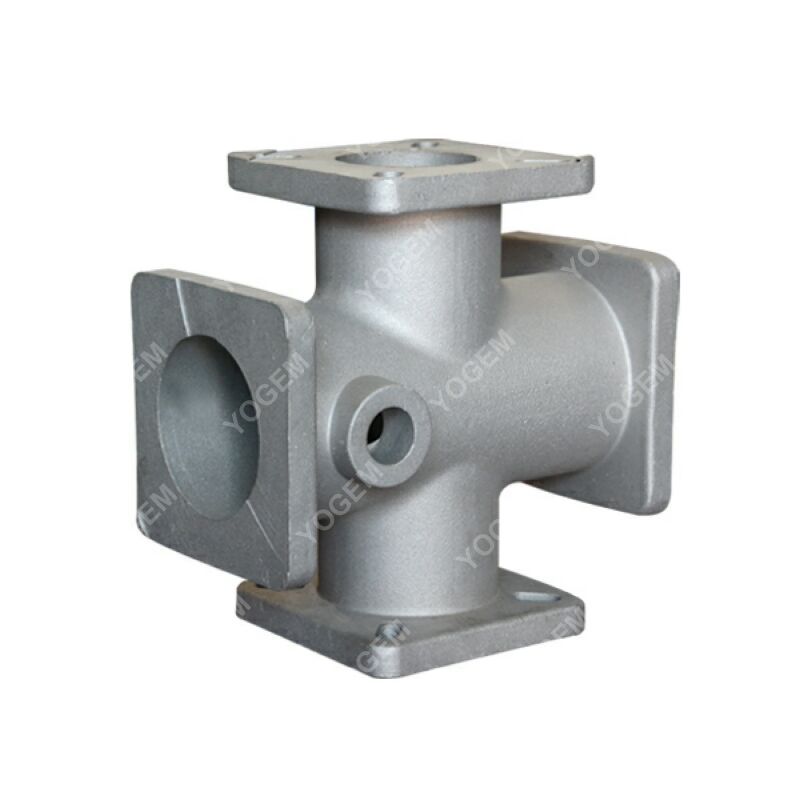When it comes to casting metals, stainless steel is known for its durability, corrosion resistance, and high strength. But is it difficult to cast stainless steel? Let's dive into this topic and explore the challenges and techniques of casting this popular metal.

Stainless steel casting is a process where molten metal is poured into a mold to create a desired shape. The key to successful stainless steel casting is controlling the temperature, alloy composition, and mold design. Unlike other metals, stainless steel has a high melting point and requires specialized equipment and expertise to cast effectively.
1. High Melting Point - Stainless steel has a higher melting point compared to other metals like aluminum or bronze. This means that the furnace used for melting stainless steel must reach much higher temperatures, adding to the complexity of the casting process.
2. Alloy Composition - Stainless steel is an alloy composed of iron, carbon, and other elements like chromium and nickel. The precise composition of the alloy plays a crucial role in the properties of the final cast part. Controlling the alloy composition requires a deep understanding of metallurgy and chemistry.
3. Shrinkage and Porosity - Stainless steel tends to shrink as it cools, leading to potential defects like porosity in the final cast part. Proper gating and riser design are essential to prevent shrinkage defects and ensure a high-quality casting.
4. Surface Finish - Stainless steel is known for its smooth and lustrous surface finish. Achieving a flawless surface finish in stainless steel casting requires skillful mold design and precise control over the casting process.
1. Investment Casting - Also known as lost-wax casting, investment casting is a popular technique for casting stainless steel parts with complex shapes and fine details. This method involves creating a wax pattern, coating it with a ceramic shell, and then melting the wax to leave a hollow shell for pouring molten stainless steel.
2. Sand Casting - Sand casting is another common method for casting stainless steel parts. It involves creating a mold from sand mixed with a binder, then pouring molten stainless steel into the mold cavity. Sand casting is suitable for larger parts and is more cost-effective compared to investment casting.
3. Vacuum Casting - Vacuum casting is a technique used to reduce porosity in stainless steel castings. By creating a vacuum environment during pouring, gases are extracted from the molten metal, leading to a denser and more uniform cast part.
In conclusion, casting stainless steel can be challenging due to its high melting point, alloy composition, and potential defects like shrinkage and porosity. However, with the right techniques and expertise, stainless steel can be cast effectively to create high-quality and durable parts.
If you're looking for a reliable supplier for Stainless Steel Precision Casting, Aluminum Casting, or Ductile Iron Casting, contact us today to learn more about our capabilities and services. We have the experience and expertise to meet your casting needs and provide you with top-quality products.
With our load encounters and attentive service, we are now recognized as a trusted supplier of OEM grey iron sand casting parts supplier,ductile iron sand casting for sale,Ductile Iron Casting,Gray Cast Iron,ductile iron casting suppliers
Previous
None
Comments
Please Join Us to post.
0